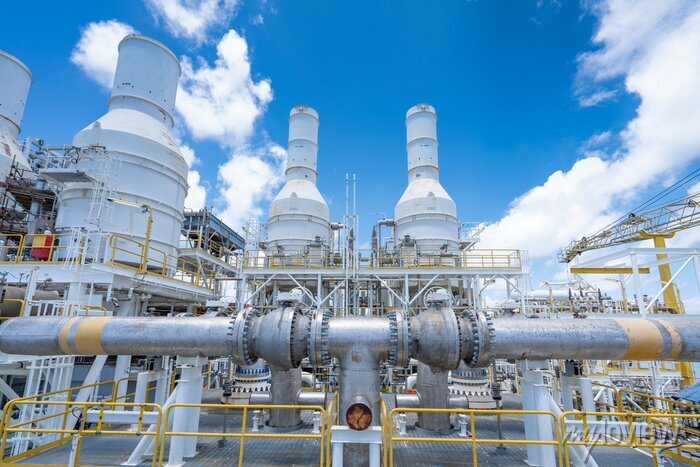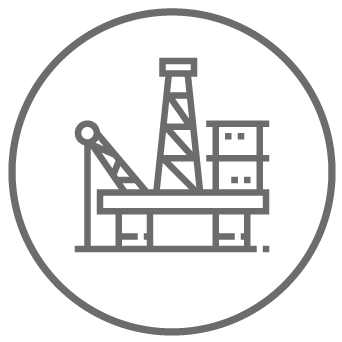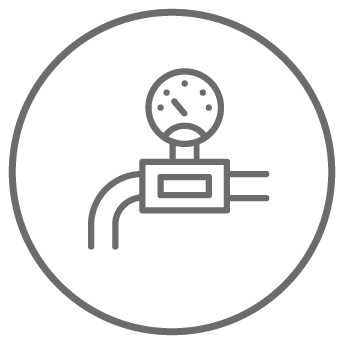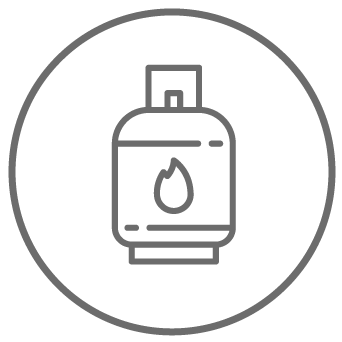Halogenated hydrocarbons - Definition
23 Febbraio 2022

The term halogenated hydrocarbon refers to a hydrocarbon that contains one or more halogen atoms and is also known as a halocarbon.
Among the most common hydrogenated hydrocarbons are CFCs (chlorofluorocarbons), HCFCs (hydro chlorofluorocarbons) and, the most recent substitutes, HFCs (hydrofluorocarbons). In all cases, these chemical compounds contain chlorine, fluorine and carbon and correspond to hydrocarbons in which all or part of the hydrogen atoms are replaced by chlorine and fluorine atoms.
Halogenated hydrocarbons - Uses
Halogenated hydrocarbons are used as an aerosol propellant, cooling agent or pore-forming agent in the preparation of foamed plastics.
In any case, they are powerful greenhouse gases that remain in the atmosphere for a long time, such as CFC, which persists for 102 years and has a warming capacity, that is, it increases the greenhouse effect 3,800 times more than normal carbon dioxide. For this reason, the Montreal Protocol of 1997, later extended in 2007, defined regulations for the reduction of CFC and HCFC gases and now their presence in the air is stable or diminished.
Halogenated hydrocarbons - Definition
In halogenated hydrocarbons, halogen atoms, elements that belong to group VI of the periodic table and include fluorine, chlorine, bromine, iodine and astatine, have replaced hydrogen atoms. These substances are in both gaseous (fluorine, chlorine), solid (iodine), and liquid (bromine) forms.
The greatest diffusion of these gases occurred between 1970 and 1990 because of their great effectiveness in extinguishing fires and even today, halogenated hydrocarbons are used as extinguishing agents that interpose themselves to oxygen in the combustion reaction. By subtracting oxygen, the fire is extinguished.
Also called halons, these gases are now banned worldwide for their antagonistic activity in the formation of the stratospheric ozone layer, following the protocols of Montreal (1987), Kyoto (1987) and Copenhagen (29/06/2005).
In Italy, in compliance with Community provisions, the use of halons in fire-fighting systems and fire extinguishers was banned by law no. 549 of 28 December 1993. The products used today and offered by Settala Gas are HCFC - Hydro chlorofluorocarbons - and HCF - Hydrofluorocarbons. These substances act chemically and bind to oxygen in the air leading to the extinction of fires, although with less effectiveness than halogenated hydrocarbons.
In particular, law now allows the use of HCFCs October 3, 2001 are for:
- Hand-held fire extinguishers and in fixed engine fire extinguishing equipment for use on board aircraft;
- Fire extinguishers essential for the safety of people and in those used by firefighters, military and police.
How do halogenated hydrocarbons act
The action of halogenated hydrocarbons is that of an extinguishing agent and the gas interposes itself to the oxygen in the natural bond between fuel and carburant in the combustion reaction, with consequent extinguishing by subtraction of the oxygen itself.
For this reason halons are used in halogenated hydrocarbon fire extinguishers, similar to powder extinguishers but containing hydrocarbons as the extinguishing agent, and are suitable for extinguishing class A-B-C fires and on energized appliances.
Discover among the gases produced by Settala Gas the one that best meets the needs of your company and choose all the quality of high purity hydrocarbons.
Contact us for more information about the world of hydrocarbons!
Contact us
Last News




